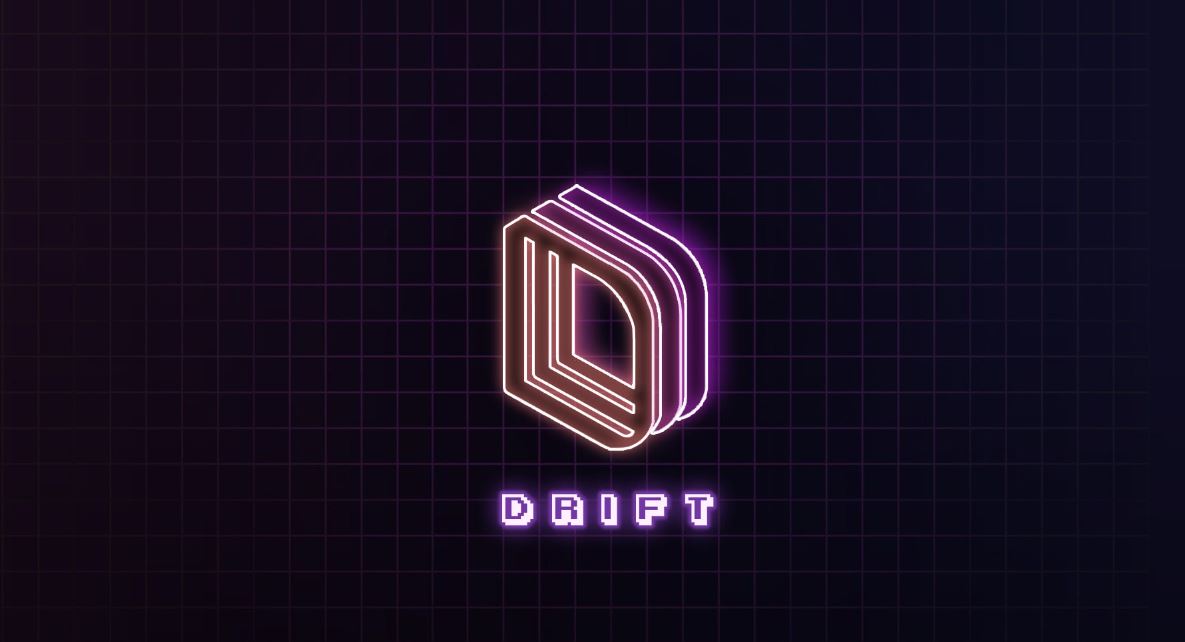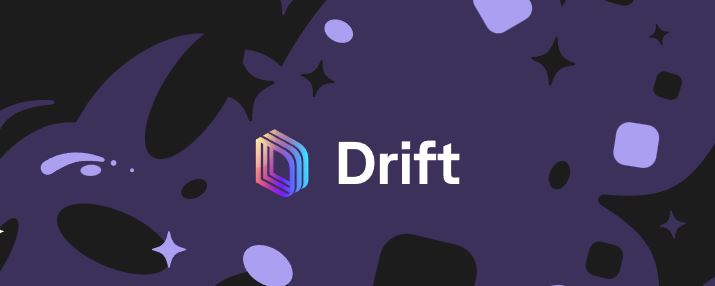Drift Protocol is the largest perpetual swap futures exchange on Solana network with great features and a user friendly UI. In this article we introduce you this decentralized exchange. Drift also announced their points program on X (formerly Twitter) on 23th, January.
What Is Drift Protocol?
Drift Protocol is a decentralized exchange (DEX) with low slippage, minimal fees, and small price impacts on trades. It provides different trading options like spot trading, trading in perpetual contracts, lending, or provided liquidity passively.
This platform combines a cross-margined risk management system, a network of keepers, and several liquidity sources. These features work together to maintain low transaction costs, reduce slippage, and ensure the platform runs smoothly and efficiently.
The creators of Drift Protocol highlight the common challenges faced by on-chain exchanges, like slow speeds and limited processing power. To solve these issues, Drift was built to be sturdy, efficient, and to encourage participation from market makers and liquidity providers. Using Drift requires a Solana wallet for accessing its products and services, and its transactions are conducted with SOL tokens.

For trading spot tokens, users can navigate to the spot trading area, select the token or pair they wish to trade, enter the amount, and click either “buy” or “sell.” The platform also allows users to view the order book, price charts, and recent trade history.
For trading perpetual futures, one should visit the perpetual futures section, select the desired token or pair, input the amount, set the leverage, and then select “buy” or “sell.” This section also provides information on the funding rate, liquidation price, and profit and loss.
For borrowing or lending, the lending section enables users to choose a token, decide on the amount, and select either “borrow” or “lend.” Details like the interest rate, collateral ratio, and available balance are also accessible here.
To contribute liquidity, users can go to the liquidity provision section, pick the preferred liquidity pool, enter the amount they want to deposit, and hit the “deposit” button. Information on pool size, fee rates, and annual percentage yield (APY) is available here as well.
Lastly, for staking, the staking section allows users to choose a token, enter an amount, and click “stake.” This section also shows the rewards for staking, the period for which the stake is locked, and any fees associated with unstaking.
How Does Drift Protocol Work?
Drift Protocol creates a balanced and efficient trading environment by using three ways to ensure there is always enough money or assets available for trading. These are Just-in-Time Auction Liquidity, Limit Orderbook Liquidity, and AMM Liquidity. Together, these methods give traders a good and smooth trading experience.
With Just-in-Time Auction Liquidity, every trade on Drift goes through a short auction. In this auction, market makers compete to complete the trade at a price that is the same or better than the set auction price, making sure there is immediate availability of assets or money for trading. Limit Orderbook Liquidity comes from Drift Protocol’s decentralized orderbook. This allows users to set their own buy or sell orders directly on the blockchain. A system of Keeper Bots organizes these orders and makes sure they are completed, either by matching them with other traders’ orders or with the help of AMM if the conditions are met. AMM Liquidity is provided by Drift Protocol’s virtual AMM, acting as a safety net for trades that don’t get completed through auctions or if certain price conditions are met that allow the AMM to complete the trade.
Drift Protocol also uses a special risk management system that allows for better use of assets across the whole platform. This system, along with a network of Keepers that act like validators, makes sure trades are completed efficiently and at competitive prices.
Keepers are an essential part of Drift Protocol’s trading system. They are a group of agents and market makers who get rewards for making sure trades are completed well. They help manage the order book, liquidity, and the process of closing out positions that are at risk, using a network designed to handle a large volume of trades effectively and at good prices.
What Is Drift V2?
Drift Protocol switched from version 1 (v1) to version 2 (v2), introducing new improvements and features to improve the decentralized finance (DeFi) trading experience. This evolution grants greater liquidity, improved product offerings, and increased security and risk controls.
Increased Liquidity and Improved Market Making
Drift v2 introduces a “Liquidity Trifecta”, that includes a decentralized orderbook, Just-in-Time (JIT) Liquidity, and passive liquidity providers (LPs). This rich approach to liquidity is designed to support the dynamic virtual Automated Market Maker (AMM) from v1, facilitating deeper liquidity pools and allowing for more significant participation from external market makers. This change provides better pricing, lower slippage, and an overall more efficient trading environment.
The JIT Liquidity Mechanism in v2 enables market makers to fill taker orders before they are executed against the dynamic AMM, thus expanding the available liquidity and improving the pricing and slippage for traders. With this mechanics there are balance between long and short positions on the platform, contributing to a more stable and reliable trading experience.
Expanded Product Offerings
Drift v2 extends its offerings beyond perpetual swaps to include spot trading, borrowing and lending, passive liquidity provision, and Insurance Fund staking. This comprehensive suite of services is designed to provide traders with a full-service exchange experience under one roof, using a single pool of capital. This approach addresses the fragmentation in the DeFi space by consolidating various trading activities into a unified platform, making it more capital-efficient and user-friendly.
Enhanced Security Measures and Risk Controls
In response to industry-wide concerns about security, Drift v2 has implemented robust security measures and risk controls. These include multi-step oracle validity checks to ensure the accuracy and integrity of price feeds, adjustments to the unrealized P&L (uP&L) asset weight to mitigate volatility and manipulation risks, and a new P&L accounting mechanism to isolate capital risk within each market. Additionally, v2 features an auto-settlement mode for markets, inventory-adjusted bid-ask spreads for the AMM, and strategies to prevent toxic flow to the AMM, all aimed at safeguarding the platform and its users.
How To Farm Points Ahead Of Drift’s Airdrop?
Before a big giveaway, Drift is planning to give its community a special token as a thank you and to share control of the project. They will hand out Drift points every week, totaling 100 million points each week. The details on how many tokens the points will turn into haven’t been shared yet.

Users will earn points mainly from how much they trade, as well as other actions like providing money to help trades happen. This points giveaway will go on for three months, but Drift has already said they’ll also reward earlier supporters based on things they’ve done in the past. They’ve even mentioned that the program might finish before three months, but it won’t go on any longer.
Drift has made it clear that the points you get each week depend on how much you’ve traded compared to everyone else. So, if your trading makes up 1% of all the trading on Drift in a week, you’ll get 1% of the points.
When trying to understand how Drift Protocol values different actions for earning points or tokens, it helps to consider what it wants to achieve. Right now, Drift Protocol is focusing on increasing the total amount of trading, the number of users, how many trades happen, and the overall value in the system. To get a lot of points, you should do things that help increase these numbers. Since Drift deals with perpetual futures trading, making trades is a straightforward way to contribute.
However, Drift is not available to people living in the United States, so if you’re from there, you won’t be able to participate in this program.




